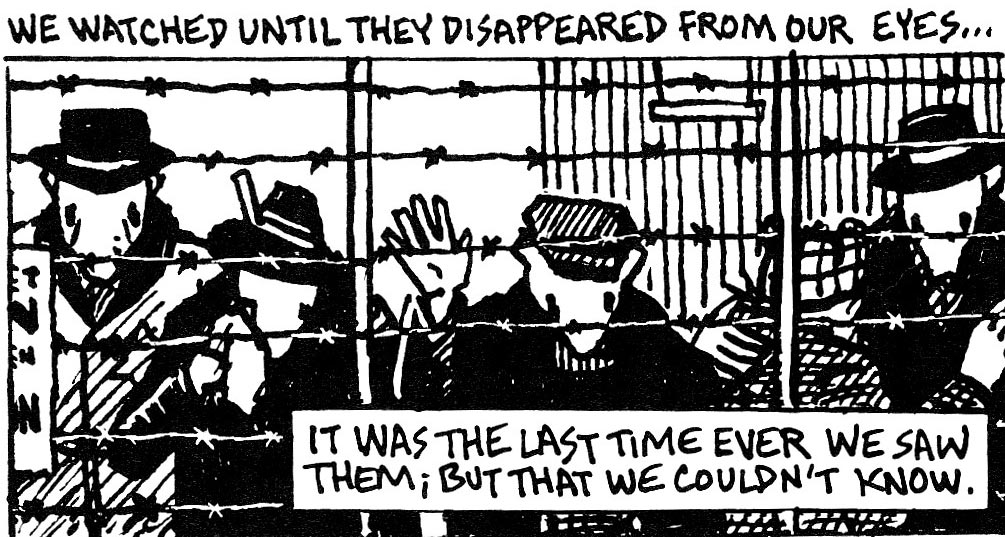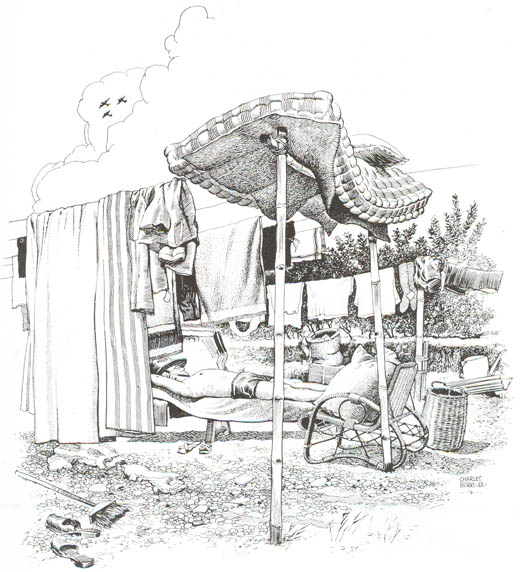Introduction to cartoons and comics
In the wake of the tragedy in Paris of last week, there has been a lot of attention for comics and cartoons, especially as a medium to voice an opinion or tell a personal story.
Sarah McIntyre has written this nice introduction to drawing cartoons and comics. It includes answers to frequently asked questions, some cool project ideas and lots of examples from numerous web comics.
Biographical comics
For those that only know comics as a source of entertainment for children, be sure to look into serious graphic novels like Maus and Persepolis. Comics are an excellent medium to tell a story in a personal manner. Telling a story in panels and quirky illustration can also serve as an easy approach to heavy or difficult subjects.
Maus is a biographical graphic novel by Art Spiegelman. It tells the story of the father of the artist, a Polish Jew, who lived in Poland during the Second World War. It deals with the war itself but also the long-term personal consequences for those that were in it. I believe it is a required read for first-year history students at the University of Amsterdam.

One of my personal favorites is the book Achter de Kawat (Behind the Fence) by Charles Burki. Burki was interned on Java in a Japanese prisoner-of-war camp during the Second World War. During his stay he kept a diary with illustrations and humorous notes, which he published when he returned to the Netherlands after the war. The illustrations depict the difficulties of daily life in the war camp, and the book is interesting from both historical and artistic perspective.
